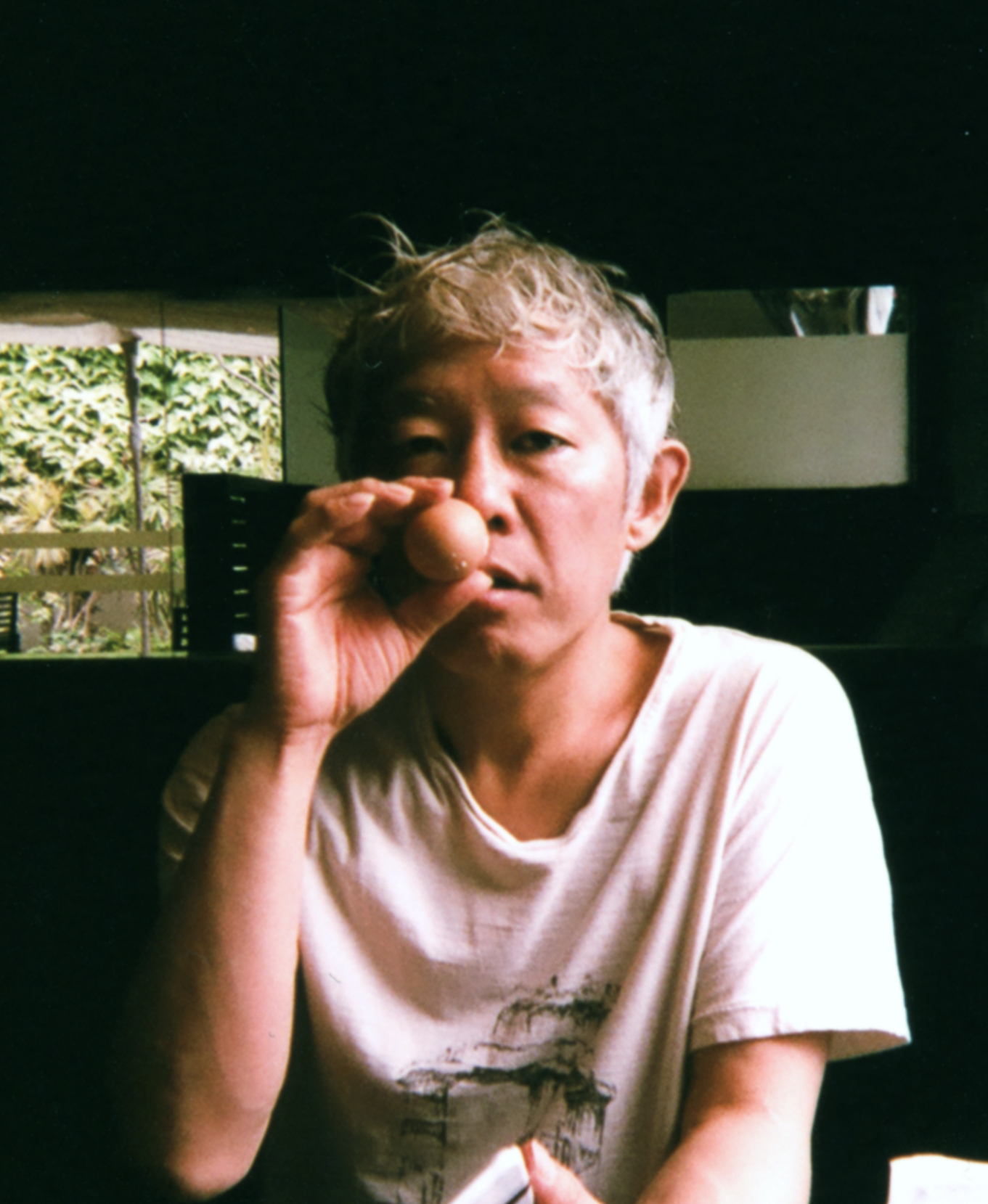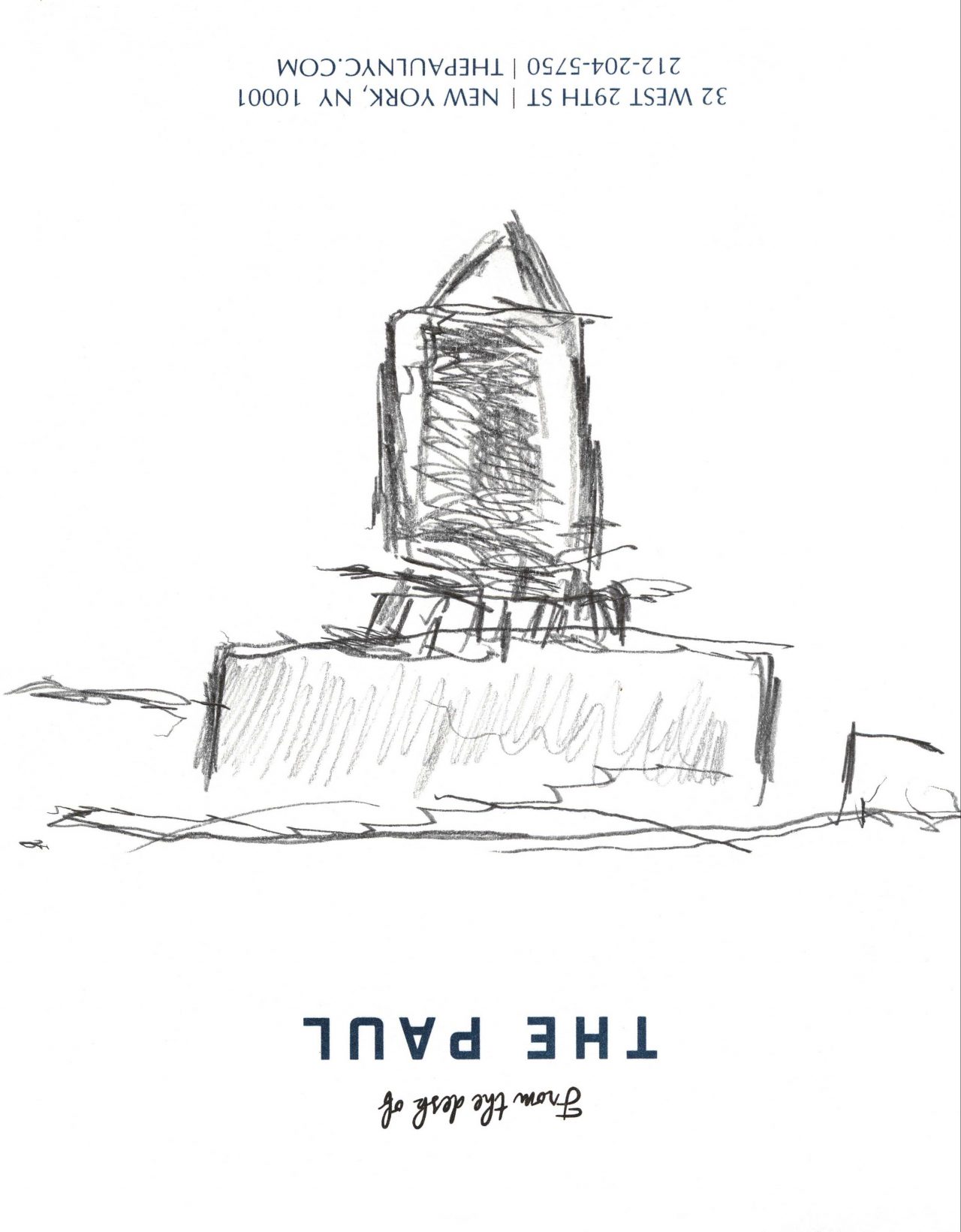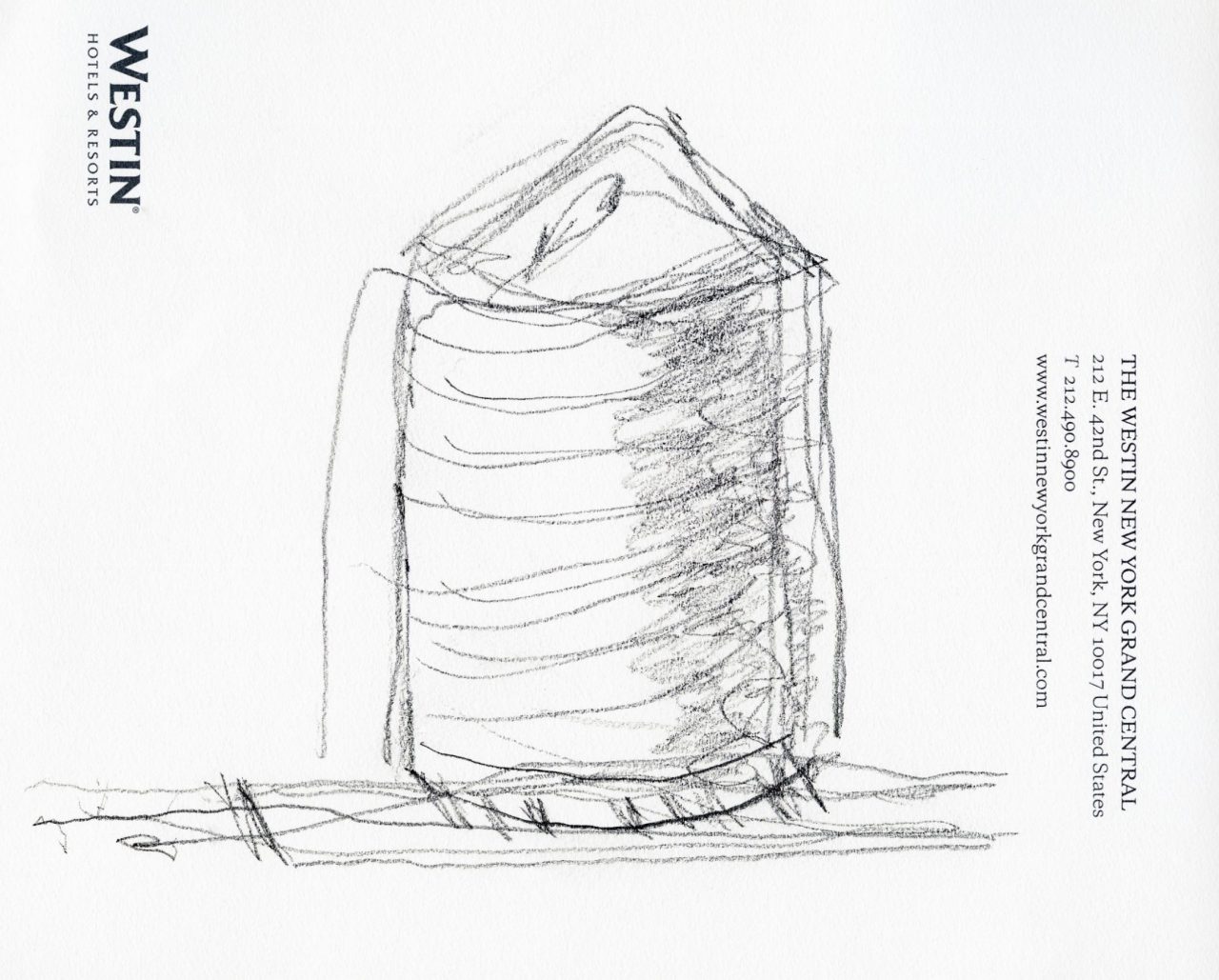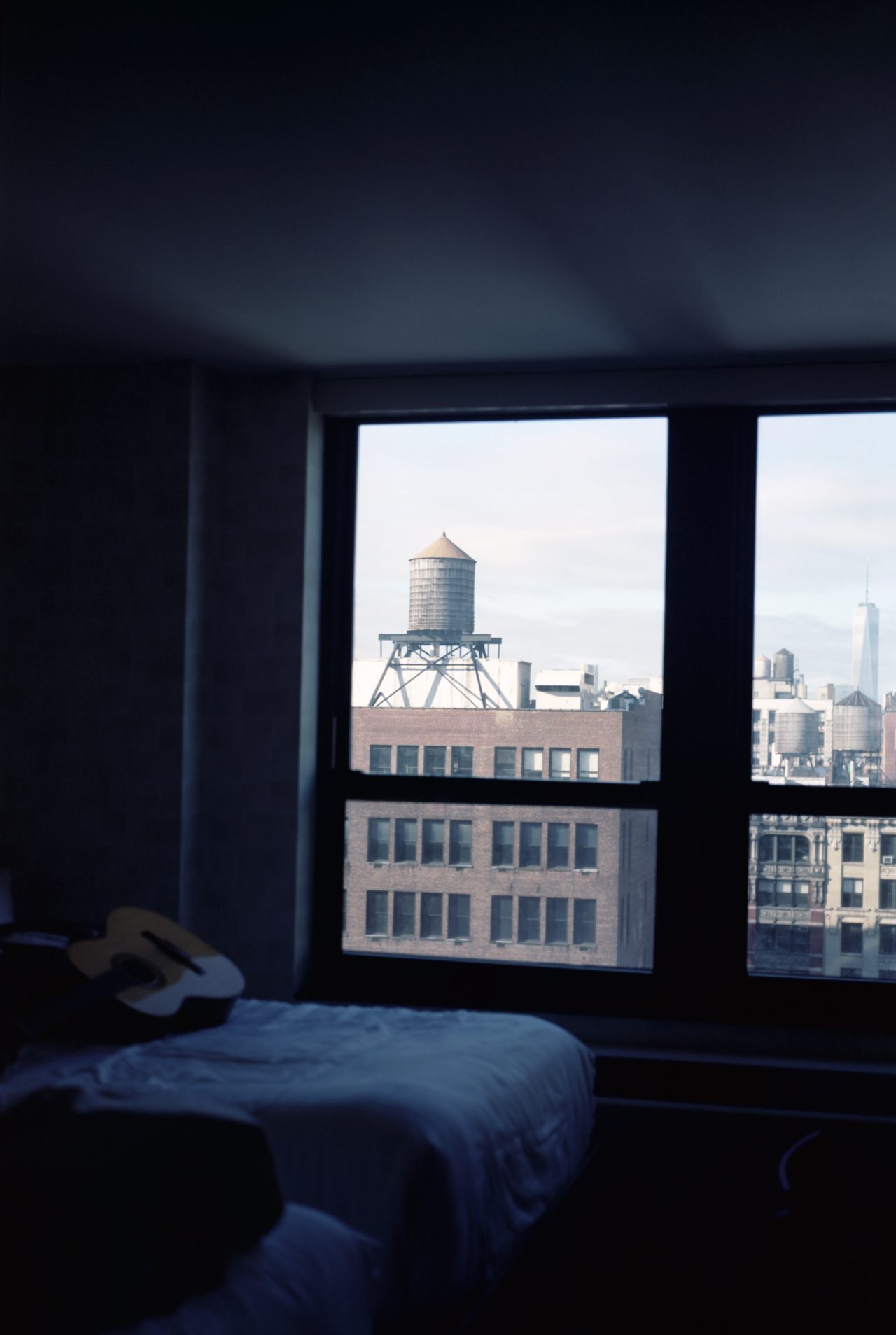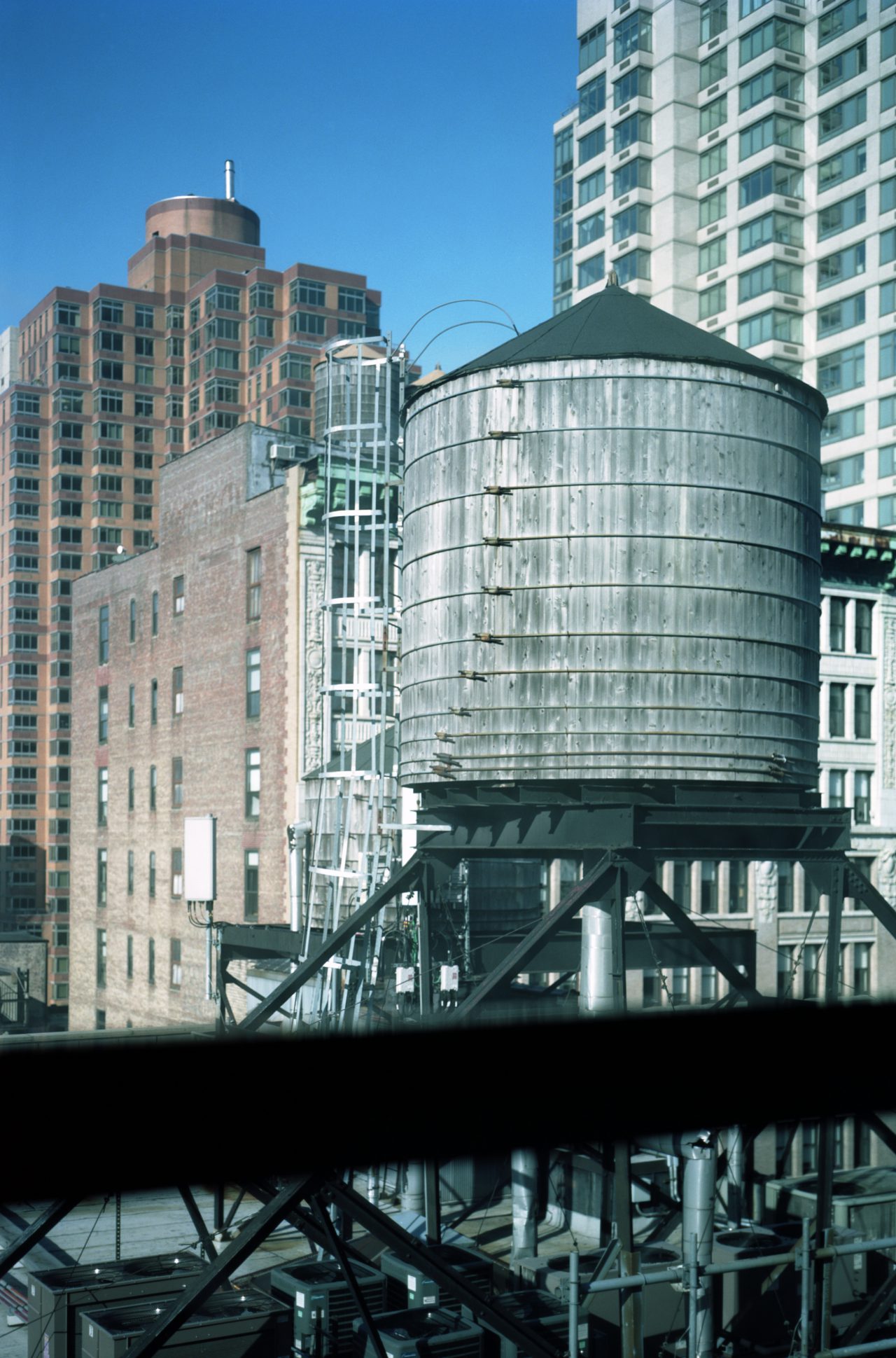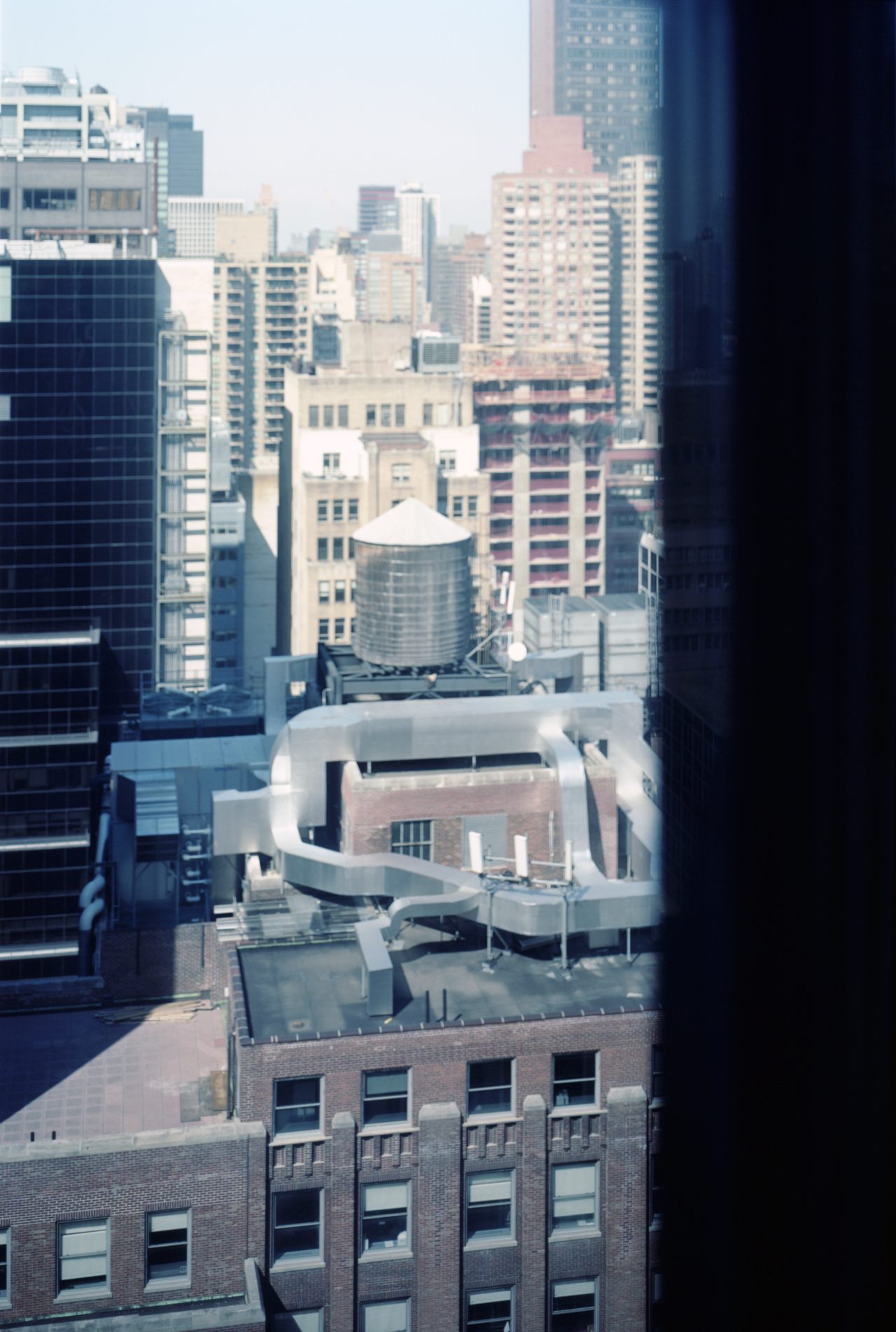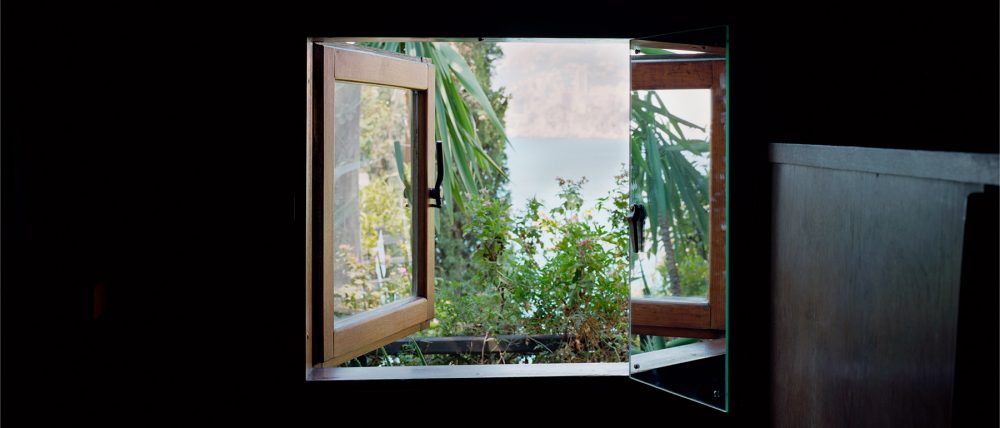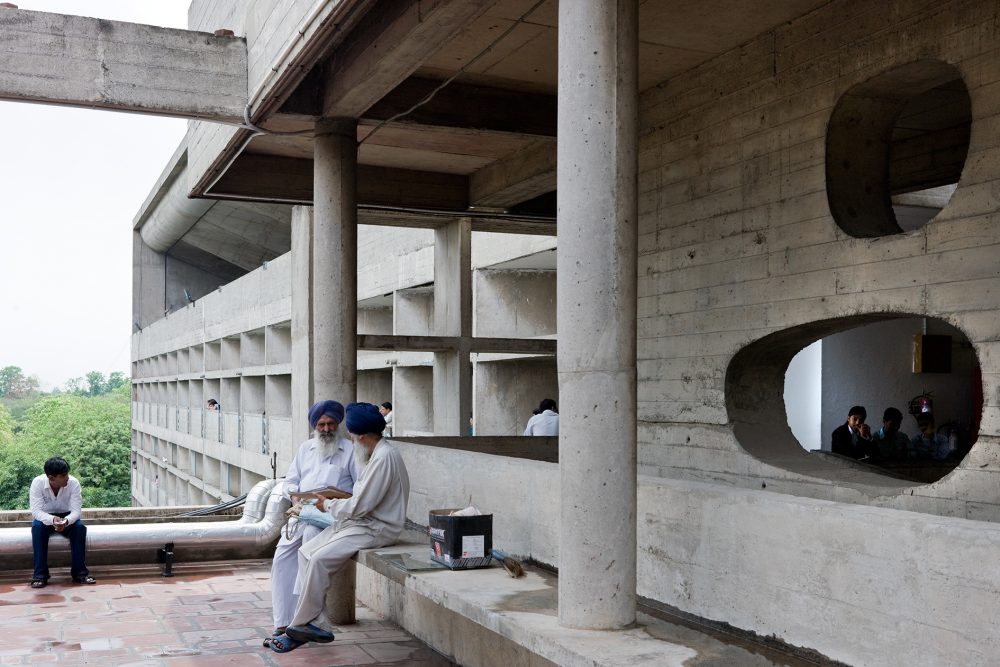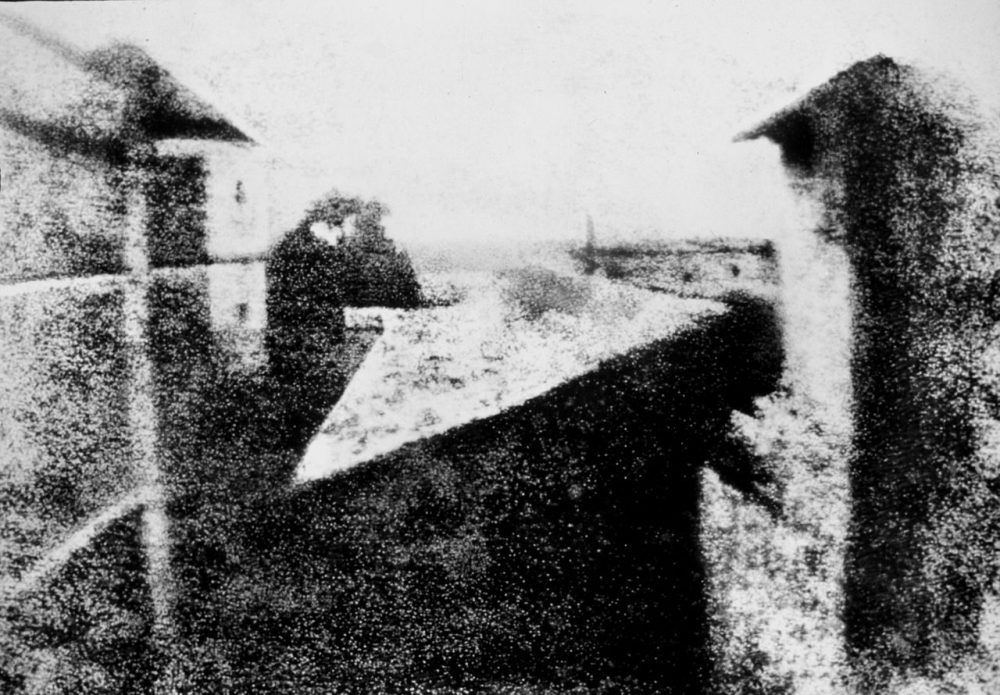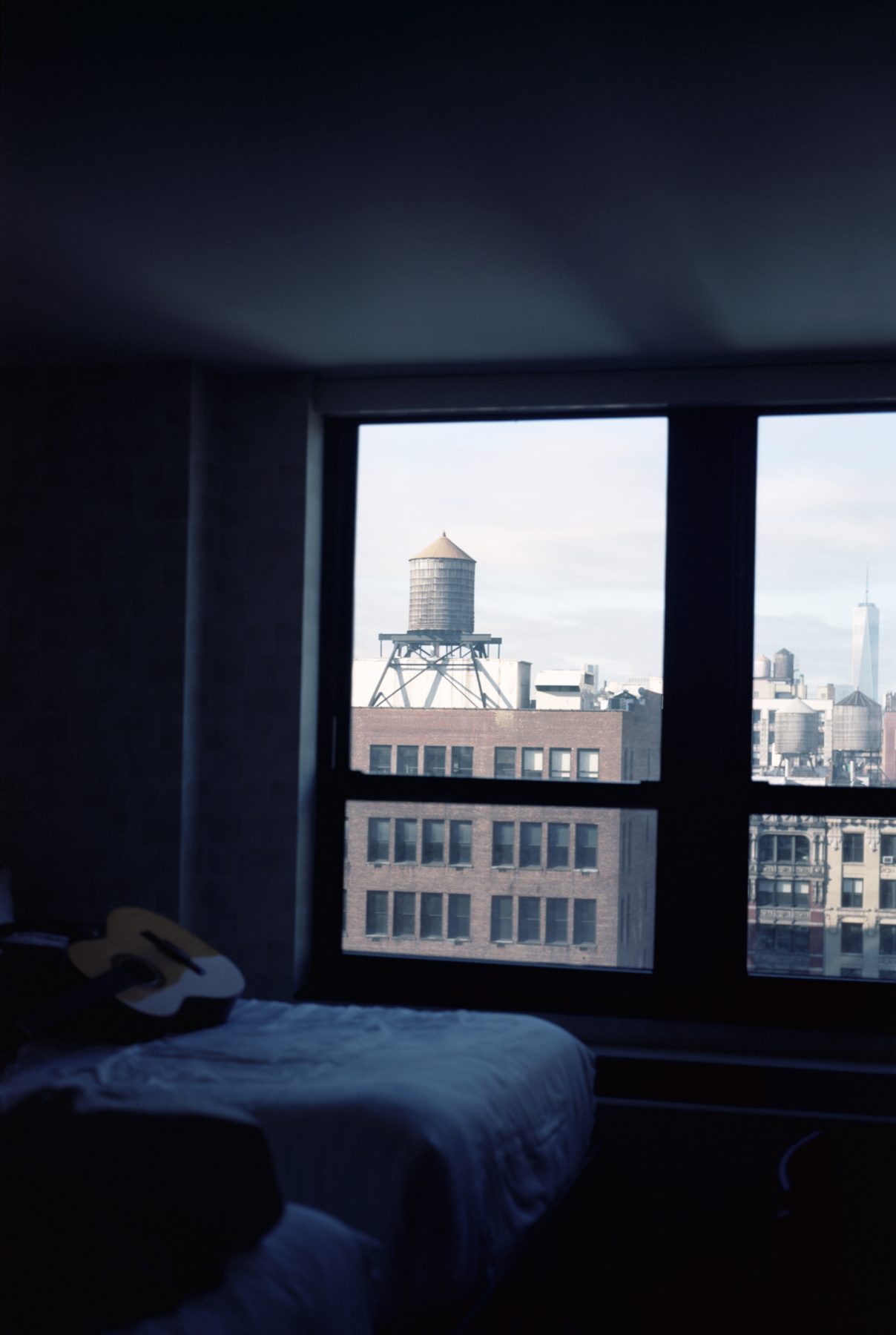
Series Windows and Photography
Water Tanks in New York
23 Jan 2017
- Keywords
- Columns
- Photography
Photographer Takashi Homma splices compelling shots of windows between his own photos and text. Second article of his “Windows and Photography” series presents water tanks as seen through a window in Manhattan. Included are his latest photos and sketches.
What comes to mind when you think of Manhattan? There are many landmarks, so any image of Manhattan will surely change with the person.
Some people might think of the Empire State Building, while others might come up with Central park or Grand Central Station. Or, if not a building, some may say that the subway itself is the image of Manhattan. Additionally, some give that honor to the hotdogs sold on street corners.
For me, however, the emblematic image of Manhattan is the wooden water tanks spied between skyscrapers. My first trip abroad was about 30 years ago, and it was to New York. In my first trip abroad, a young Homma, in his early twenties and a part-time camera assistant, looked up at the buildings of Manhattan with his mouth agape while sitting in the passenger seat of a van.
At that time, a giant billboard of a young man in white briefs done by Bruce Weber for Calvin Klein was all the rage. Naturally, it caught my eye at first, but, getting used to the foreign landscapes, I became more curious about the scattered round wooden barrels lying atop of buildings.
I pointed to these wooden balls crowning so many buildings and asked the driver, Mike or Nick, in my poor English: What is that? Today I would ask What are they? Mike or Nick replied with an unenthusiastic what? , but when he saw the direction in which I pointed he told me it was a “water tank”.
In Germany, there is a photographer-couple named Bernd & Hilla Becher. Perhaps it is more appropriate to call this husband and wife “conceptual artists.” They received an award for sculpting at the Venice Biennale despite the fact that their presented works were photography. They took photos of anonymous industrial structures and organized them in grids and exhibited them as if they were part of an illustrated reference book. They have had a great influence on contemporary photography as an art. I especially like their work on water towers. I don’t know why. It simply looks like no other structure.
I visited Manhattan, my first travel destination abroad, innumerable times thereafter and stayed in different hotels there, both for pleasure and for business. Every time I would see those water tanks through the windows of my hotel room, I would invariably feel that I was back in Manhattan. It’s hard to spot while walking on a street, but if you stay at any hotel above a certain height, you will see one of these water tanks framed by the room’s windows. Do look out for them on your next vacation or business trip to New York. According to research conducted for this essay, there appears to be water tanks outside of New York as well, though they seem to be concentrated in Manhattan and Brooklyn. More importantly, these tanks are not antique decorations, but still in use. Since winters in New York are so cold, wooden tanks work to avoid freezing.
I am naturally not the only person to be drawn to these wooden water tanks. There people who have published complete collections of photographs with them at the center(i), as well as famous American painter Edward Hopper who painted them(ii).
(i) New York-based photographer Ronnie Farley published a collections of wooden water tanks called New York Water Towers (KMW Studio, 2014).
(ii) During 1920s and 1930s an art style that would later be called Precisionism emerged in which city structures were depicted in a precise and geometrical way. One of the 20 century’s leading realist painters, Edward Hopper, drew the city landscape in such a style, with wooden water tanks seen among these works.
Takashi Homma
Photographer. Born 1962 in Tokyo, Japan. Held his first solo museum exhibition, New Documentary, in three museums in Japan from 2011 to 2012. Has published numerous photography books, including Tanoshii shashin: Yoiko no tame no shashinshitsu (Tokyo: Heibonsha, 2009) and Tanoshii shashin 3: Wakushoppu-hen (Tokyo: Heibonsha, 2014). Currently a guest professor at the Tokyo Zokei University Graduate School.
